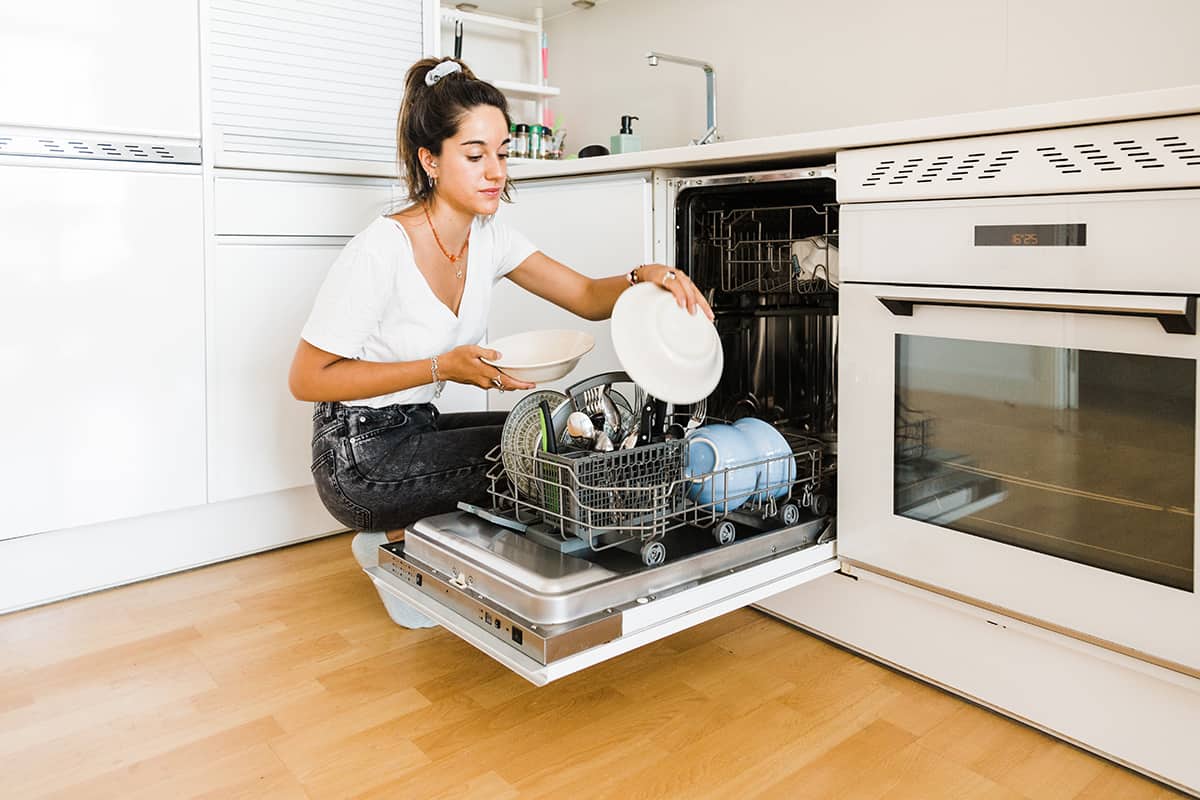

Articles
Why Does My Dishwasher Not Dry
Modified: January 18, 2024
Discover common reasons why your dishwasher doesn't dry properly and learn effective solutions. Read more in our informative articles.
(Many of the links in this article redirect to a specific reviewed product. Your purchase of these products through affiliate links helps to generate commission for Storables.com, at no extra cost. Learn more)
Common Reasons for a Dishwasher Not Drying
Have you ever unloaded your dishwasher only to find wet dishes and a frustrating lack of drying? If so, you’re not alone. Many people experience this issue with their dishwashers, and it can be quite perplexing. Fortunately, there are several common reasons why your dishwasher might not be drying properly. By understanding these causes, you can troubleshoot and resolve the problem efficiently.
Read more: Why Is My Dishwasher Not Working
Inadequate Heating Element
One of the most common culprits for a dishwasher not drying is an inadequate heating element. The heating element is responsible for heating the air inside the dishwasher, which helps to evaporate the moisture on the dishes. If the heating element is faulty or worn out, it may not generate enough heat to properly dry the dishes. In such cases, replacing the heating element should resolve the issue.
Improper Loading of Dishes
The way you load your dishes can also affect their drying performance. Overloading the dishwasher or overcrowding certain areas can prevent proper air circulation, making it difficult for the heat to reach all the dishes effectively. To ensure optimal drying, make sure that dishes are spaced apart and loaded properly, allowing hot air to circulate freely.
Clogged or Malfunctioning Vent
A clogged or malfunctioning vent can impede the drying process by preventing hot, moist air from escaping the dishwasher. This can result in condensation forming on the dishes, leaving them wet at the end of the cycle. Checking and clearing any blockages in the vent or replacing a faulty vent can help improve drying performance.
Faulty Thermostat
The thermostat in your dishwasher is a crucial component that regulates the temperature during the drying cycle. If the thermostat is not functioning correctly, it may not signal the dishwasher to reach the optimal temperature for drying. In this case, replacing the faulty thermostat should solve the issue.
Insufficient Rinse Aid
Rinse aid serves an essential role in the drying process by reducing water surface tension, allowing water to easily slide off the dishes. If your dishwasher is not drying properly, it may be due to insufficient rinse aid. Make sure to regularly check and refill the rinse aid dispenser to ensure optimal drying results.
Hard Water Issues
Hard water contains high mineral content, such as calcium and magnesium, which can leave behind deposits on dishes, making them appear cloudy and affecting the drying process. Using a dishwasher cleaner or descaler periodically can help remove mineral buildup and improve drying performance.
Defective Drying Fan
The drying fan circulates the hot air inside the dishwasher during the drying cycle. If the fan is not functioning correctly or has become clogged with debris, it may not distribute the heat evenly, resulting in inadequate drying. Cleaning or replacing the drying fan can help restore optimal drying performance.
Malfunctioning Control Board
The control board in your dishwasher is responsible for coordinating various functions, including the drying process. If the control board is malfunctioning or has a faulty circuit, it may not send the proper signals to initiate the drying cycle. In this case, consulting a professional technician is recommended to diagnose and repair the control board.
Read more: Why Is My Whirlpool Dishwasher Not Draining
Incorrect Use of Detergent
Using the wrong type or amount of detergent can affect the drying performance of your dishwasher. Excessive detergent can lead to excessive suds, which hinders proper drying. Additionally, using regular dish soap instead of dishwasher detergent can leave a residue on the dishes, contributing to the lack of drying. Be sure to use dishwasher detergent specifically formulated for use in dishwashers and follow the manufacturer’s instructions for proper dosage.
Aging Dishwasher
Lastly, an aging dishwasher can also contribute to drying issues. Over time, the performance of various components, such as the heating element and drying fan, may decline, leading to inadequate drying. If your dishwasher is older and experiencing consistent drying problems, it may be time to consider replacing it with a newer model.
By considering these common reasons for a dishwasher not drying and implementing the necessary actions, you can significantly improve the drying performance of your dishwasher. However, if the problem persists or you are unsure about performing any repairs, it is always advisable to seek professional assistance to avoid any further damage.
Key Takeaways:
- Ensure proper loading of dishes and maintain rinse aid levels to improve dishwasher drying performance. Consider using heated dry options and addressing hard water issues for spotless results.
- Regularly maintain and inspect components such as the heating element, vent, and control board to address drying issues in aging dishwashers. Consider professional assistance for complex repairs.
Inadequate Heating Element
One of the most common reasons why your dishwasher may not be drying properly is an inadequate heating element. The heating element plays a crucial role in the drying process by generating heat to evaporate the moisture on your dishes.
If the heating element is faulty or worn out, it may not produce enough heat to effectively dry your dishes. As a result, you may find your dishes still wet at the end of the dishwasher cycle.
To determine if the heating element is the issue, you can perform a simple test. Start by running your dishwasher on a full cycle while ensuring that your water heater is set to the appropriate temperature. Once the cycle is complete, open the dishwasher and check the temperature inside.
If the dishwasher feels significantly cooler than it should be at the end of the cycle, it’s likely that the heating element is not functioning properly. In this case, you may need to replace the heating element to restore your dishwasher’s drying capabilities.
Replacing the heating element is a relatively simple process that can often be done by following the manufacturer’s instructions or with the help of a professional. In most cases, you will need to remove the bottom panel of your dishwasher to access the heating element. Once exposed, disconnect the wires and remove the old heating element. Install the new heating element by connecting the wires and securely attaching it in place. Finally, replace the bottom panel and test the dishwasher to ensure that the new heating element is working correctly.
It’s worth noting that sometimes the heating element may not be the issue itself, but rather the problem lies with the electrical connections or the control board. In such cases, it is recommended to consult a professional to accurately diagnose and resolve the problem.
Inadequate drying caused by an inadequate heating element can be frustrating, but with the right steps, it can be easily addressed. By ensuring that your dishwasher has a functioning heating element, you can enjoy dry and spotless dishes after every wash.
Improper Loading of Dishes
Believe it or not, the way you load your dishes into the dishwasher can greatly impact the drying performance. Improper loading can hinder proper air circulation, making it difficult for the heat to reach all the dishes effectively.
Here are some common mistakes to avoid:
- Overloading: Overcrowding the dishwasher with too many dishes can limit the airflow and prevent proper drying. Allow sufficient space between dishes to ensure that hot air can circulate freely.
- Blocking the Spray Arms: Make sure that dishes and utensils are positioned in a way that does not obstruct the spray arms. These spray arms function by distributing hot water onto the dishes, and if they are obstructed, the dishes may not receive sufficient heat for optimal drying.
- Stacking Cookware or Mixing Materials: Avoid stacking large pots or pans on top of plates or other dishes. This can create pockets where hot air cannot reach properly. Additionally, avoid mixing different types of materials, such as plastic and metal, in the same load, as they can retain heat differently.
- Upside-Down Cups and Glasses: Place cups and glasses upside down to allow water to drain properly during the drying cycle. If they are positioned upright, water may collect on the base and leave them wet.
- Placing Dishes with Deep Recesses: Dishes with deep recesses, such as bowls or mugs, tend to retain more moisture. If possible, position them at an angle or upside down to allow water to run off more easily.
By ensuring proper loading techniques, you can enhance drying performance and achieve better results with every dishwasher cycle. Take a moment to arrange your dishes thoughtfully, allowing for proper air circulation and drainage.
Additionally, consider using the “heated dry” or “extra dry” option on your dishwasher, if available. These settings extend the drying time or increase the temperature for improved drying performance.
Remember, proper loading of dishes not only enhances drying but also promotes better cleaning results and prevents potential damage to your dishwasher. So take the time to organize your dishes effectively, and enjoy spotlessly dry dishes after every wash.
Read more: Why Does Dishwasher Smell
Clogged or Malfunctioning Vent
A clogged or malfunctioning vent can be another common reason why your dishwasher is not drying properly. The vent plays a crucial role in allowing hot, moist air to escape from the dishwasher during the drying cycle. If the vent becomes clogged or is not functioning correctly, it can impede the drying process and result in wet dishes at the end of the cycle.
To determine if a clogged vent is the issue, visually inspect the vent area for any visible signs of blockage, such as debris or build-up. A clogged vent can restrict the flow of hot air, causing condensation to form on the walls and dishes inside the dishwasher.
If you notice any blockages, try clearing them by gently removing the debris or build-up. Use a small brush or a toothpick to dislodge any stubborn particles. Avoid using sharp or abrasive tools that could damage the vent or other components.
If clearing the vent does not resolve the issue, the vent may be malfunctioning. In this case, it is advisable to consult a professional technician to inspect and repair the vent. They can disassemble the vent assembly, clean it thoroughly, and replace any faulty components as needed.
It’s worth mentioning that some newer dishwasher models have a vent fan instead of a traditional vent. If your dishwasher has a vent fan, make sure that it is functioning properly. A malfunctioning vent fan can disrupt the airflow and hinder the drying process. If you suspect a problem with the vent fan, consult a professional for assistance.
In addition to ensuring that the vent is clear and functioning correctly, take a moment to check the positioning of your dishwasher. Make sure that there is adequate space around the dishwasher to allow for proper ventilation. Restricted airflow around the dishwasher can make it difficult for the hot air to circulate and escape, resulting in damp dishes.
By verifying the condition of the vent and ensuring unobstructed airflow, you can significantly improve the drying performance of your dishwasher. Remember to take appropriate safety precautions and seek professional assistance if needed when dealing with vent-related issues.
Faulty Thermostat
A faulty thermostat is another potential reason why your dishwasher may not be drying your dishes properly. The thermostat plays a vital role in regulating the temperature during the drying cycle, ensuring that it reaches the optimal level for effective drying. If the thermostat is not functioning correctly, it may not signal the dishwasher to reach the necessary temperature, resulting in inadequate drying.
To determine if a faulty thermostat is the culprit, you can observe the temperature inside the dishwasher during the drying cycle. Start by running your dishwasher on a full cycle, making sure that the water heater is set to the appropriate temperature. Once the cycle is complete, open the dishwasher and check the temperature inside.
If the dishwasher feels significantly cooler than it should be at the end of the cycle, it could indicate an issue with the thermostat. In this case, it is recommended to consult a professional technician to accurately diagnose and resolve the problem.
Replacing a faulty thermostat is a task best left to professionals, as it requires technical expertise and knowledge of the specific dishwasher model. A trained technician can safely disassemble the dishwasher, locate the thermostat, and install a new one to restore proper functionality.
However, before assuming that the thermostat is at fault, it is essential to rule out other possible causes. Check for any issues with the heating element, control board, or vent that could be affecting the drying performance. It’s also worth confirming that you are using the correct wash and dry settings for your dishwasher model.
Regular maintenance and cleaning can help prevent thermostat-related issues. Ensure that the dishwasher’s temperature sensors are free from debris or residue, as this can interfere with accurate readings. Follow the manufacturer’s guidelines for cleaning and maintenance to keep the thermostat and other components in optimal condition.
If you suspect a problem with the thermostat or are experiencing persistent drying issues, it is advisable to seek professional assistance. An expert technician can accurately diagnose the problem, determine if the thermostat needs to be replaced, and perform any necessary repairs to restore proper drying performance.
By addressing a faulty thermostat promptly, you can ensure that your dishwasher operates effectively, providing you with dry and spotless dishes after every wash cycle.
Insufficient Rinse Aid
Insufficient rinse aid is a common reason why your dishwasher may not be drying your dishes properly. Rinse aid plays a crucial role in the drying process by reducing the surface tension of water, allowing it to drain more easily and preventing water droplets from forming on your dishes.
If you notice that your dishes are consistently coming out of the dishwasher wet, it’s worth checking the level of rinse aid in your dishwasher. Most dishwashers have a dedicated rinse aid dispenser near the detergent dispenser, where you can add rinse aid.
To ensure sufficient drying, it’s important to refill the rinse aid dispenser regularly, especially if you use your dishwasher frequently. Consult your dishwasher’s manual for instructions on how to properly fill the rinse aid compartment.
When adding rinse aid, be careful not to overfill the dispenser, as this can lead to excessive foam during the wash cycle. Follow the manufacturer’s recommended guidelines for the appropriate amount of rinse aid to use.
Aside from maintaining the appropriate level of rinse aid, it’s also important to choose a high-quality rinse aid product. Look for rinse aids that are specifically formulated for use in dishwashers, as they are designed to provide optimal drying results.
If you have recently started experiencing drying issues and have been using the same rinse aid product consistently, it’s worth checking the expiration date of the rinse aid. Expired or old rinse aid may not be as effective, so consider replacing it with a fresh bottle.
In addition to using rinse aid, consider using the “heated dry” or “extra dry” option on your dishwasher, if available. These settings extend the drying time or increase the temperature during the drying cycle, further enhancing the drying performance.
It’s also worth noting that using excessive detergent can hinder the effectiveness of rinse aid. Excess suds can interfere with the rinse aid’s ability to properly coat the dishes and hinder the drying process. Ensure that you are using the appropriate amount of dishwasher detergent according to the manufacturer’s recommendations.
By maintaining a sufficient level of high-quality rinse aid and using the appropriate amount of detergent, you can significantly improve the drying performance of your dishwasher. Enjoy spotlessly dry dishes with the help of a well-maintained rinse aid dispenser!
Hard Water Issues
Hard water can contribute to poor drying performance in your dishwasher. Hard water contains high levels of minerals, such as calcium and magnesium, which can leave behind residues on your dishes and interfere with the drying process.
When hard water is used in the dishwasher, the minerals can accumulate on the dishes, making them appear cloudy and preventing water from easily draining off. This can result in wet dishes at the end of the cycle.
To combat the effects of hard water, there are a few strategies you can implement:
- Use a Water Softener or Conditioner: Installing a water softener or conditioner can help remove the minerals from hard water, reducing the amount of residue left on your dishes. These devices work by exchanging calcium and magnesium ions with sodium or potassium ions, effectively softening the water.
- Use a Dishwasher Cleaner or Descaler: Periodically using a dishwasher cleaner or descaler can help remove mineral deposits and built-up residue from the dishwasher. Follow the manufacturer’s instructions to ensure safe and effective use.
- Adjust Your Detergent: Some dishwasher detergents are specially formulated for hard water conditions. These detergents contain ingredients that help tackle the challenges posed by mineral deposits. Consider switching to a detergent designed for hard water if you are experiencing persistent drying issues.
- Use Rinse Aid: Rinse aid is particularly beneficial when dealing with hard water. It helps to minimize water spots and improve the drying process by reducing the surface tension of water. By using a rinse aid, you can enhance the overall drying performance of your dishwasher.
- Regularly Clean and Maintain Your Dishwasher: Regular maintenance is essential for optimal dishwasher performance, especially in hard water areas. Clean the dishwasher filter, remove any debris or residue from spray arms, and ensure that water can flow freely through the dishwasher’s nozzles. This will help prevent mineral buildup and improve drying efficiency.
In some cases, installing a water softening system for the entire house may be the most effective long-term solution. While it may require an investment upfront, it can alleviate hard water issues not only in your dishwasher but also throughout your home.
By implementing these strategies, you can combat the effects of hard water and improve the drying performance of your dishwasher. Enjoy spotlessly clean and dry dishes with the help of these techniques specifically designed for hard water conditions.
Read more: Why Wont My Dishwasher Turn On
Defective Drying Fan
A defective drying fan can be a common reason why your dishwasher is not drying your dishes properly. The drying fan is responsible for circulating hot air inside the dishwasher during the drying cycle, ensuring that the heat is evenly distributed and effectively drying the dishes.
If the drying fan is not functioning correctly or has become clogged with debris, it can disrupt the airflow and hinder the drying process. This can result in dishes that are still wet at the end of the cycle.
To determine if a defective drying fan is the issue, you can perform a simple visual inspection. Start by opening the dishwasher door and locating the drying fan, usually situated near the top or back of the dishwasher. Check for any visible signs of obstruction, such as debris or accumulated dirt. If you notice any blockages, gently remove them using a soft brush or cloth.
If cleaning the drying fan does not resolve the issue, it is likely defective and may need to be replaced. Replacing the drying fan typically requires professional assistance, as it involves disassembling the dishwasher and installing a new fan. It is best to consult a qualified technician to accurately diagnose the problem and perform the necessary repairs.
Regular maintenance can help prevent drying fan issues. Clean the dishwasher’s filters regularly to prevent debris from entering and clogging the fan. Additionally, ensure that there is enough space around the drying fan for proper airflow. Items placed too close to the fan can impede its performance.
It’s worth noting that some newer dishwasher models may use alternative drying methods, such as condensation drying or heat exchange drying, that do not rely on a drying fan. If your dishwasher utilizes one of these methods and you are experiencing drying issues, consult the manufacturer’s instructions or contact their customer support for guidance.
By keeping the drying fan clean and in good working order, you can ensure optimal drying performance from your dishwasher. Don’t let a defective drying fan dampen your dishwashing experience – take the necessary steps to address the issue and enjoy spotlessly dry dishes with every wash!
Malfunctioning Control Board
A malfunctioning control board can be a potential cause for your dishwasher not drying properly. The control board, or electronic control panel, is responsible for coordinating various functions of the dishwasher, including the drying process. If the control board is malfunctioning or has a faulty circuit, it may not send the proper signals to initiate the drying cycle, resulting in inadequate drying.
Identifying a malfunctioning control board can be challenging, as it requires technical expertise and knowledge of dishwasher electronics. However, there are a few signs that may indicate a control board issue:
- Erratic Operation: If your dishwasher exhibits sporadic or inconsistent behavior during the drying cycle, such as turning on and off unexpectedly or not reaching the appropriate temperature, it may point to a control board problem.
- Error Codes: Some dishwashers display error codes on the control panel to indicate specific issues. If your dishwasher displays an error code related to the drying function or communicates a failure to heat, it could be a sign of a malfunctioning control board.
- Unresponsive Controls: If the control panel becomes unresponsive or fails to respond to your inputs, it may indicate a problem with the control board. This can affect the proper functioning of the drying cycle and overall dishwasher performance.
If you suspect a malfunctioning control board, it is recommended to consult a professional technician who specializes in dishwasher repairs. They will have the knowledge and diagnostic tools to accurately assess the control board’s condition and determine if it needs to be repaired or replaced.
Replacing a control board should generally be left to professionals, as it involves handling delicate electronic components and proper synchronization with the dishwasher’s other systems. A qualified technician can source the appropriate replacement control board and ensure a correct installation.
To help prevent control board issues, make sure to follow the manufacturer’s recommended operating procedures and avoid overloading the dishwasher excessively. Excess weight or strain on the dishwasher’s internal components can lead to premature wear and tear, potentially affecting the control board’s functionality.
While a malfunctioning control board can be frustrating, seeking professional assistance is the best course of action. A skilled technician can diagnose and repair the control board, restoring optimal drying performance to your dishwasher.
Incorrect Use of Detergent
The incorrect use of detergent can significantly impact the drying performance of your dishwasher. Using the wrong type of detergent or using too much detergent can result in excessive suds or residue on your dishes, leading to poor drying results.
Here are some common mistakes to avoid when using dishwasher detergent:
- Using the Wrong Detergent: It’s essential to use a dishwasher detergent specifically designed for use in dishwashers. Regular dish soap or handwashing detergent should not be used in a dishwasher, as they can create excess suds that interfere with the drying process.
- Overusing Detergent: Using more detergent than necessary does not mean your dishes will get cleaner. In fact, using excessive detergent can lead to a buildup of suds and residue on your dishes, making them appear dull and preventing proper drying. Follow the manufacturer’s instructions for the correct detergent dosage based on your dishwasher’s capacity and the level of soil on your dishes.
- Pre-Rinsing Dishes: Pre-rinsing your dishes may seem like a good idea, but it can actually hinder the drying process. Dishwasher detergent requires a certain amount of food residue to react properly and enhance its effectiveness. Pre-rinsing can leave dishes too clean, resulting in reduced drying performance. Instead, scrape off excess food particles and load dishes directly into the dishwasher.
- Using Hard Water without Adjustments: If you have hard water, which contains high levels of minerals, it’s important to adjust your detergent usage accordingly. Hard water can react with detergent and create more suds, making it difficult for the dishwasher to rinse dishes effectively. Consider using a dishwasher detergent specifically formulated for hard water or adding a water softening agent to your dishwasher to counteract the effects of hard water.
By using the correct dishwasher detergent in optimal amounts and avoiding these common mistakes, you can improve the drying performance of your dishwasher. Additionally, consider using rinse aid in conjunction with the detergent, as it helps to reduce water spots and promote better drying.
If you are uncertain about the appropriate detergent to use or need guidance specific to your dishwasher model, consult the manufacturer’s guidelines or reach out to their customer support for recommendations. They can provide valuable insights on the best detergent options for your dishwasher and address any concerns you may have.
By using detergent correctly and optimizing your dishwasher’s settings, you can achieve not only clean but also thoroughly dry dishes after every wash cycle.
Aging Dishwasher
An aging dishwasher can be a significant factor contributing to poor drying performance. Over time, various components of the dishwasher may wear out or decline in efficiency, affecting its ability to dry your dishes effectively.
Here are some signs that your aging dishwasher may be the reason for inadequate drying:
- Decreased Heating Element Performance: The heating element in your dishwasher is responsible for generating heat to dry your dishes. Over time, the heating element may weaken or develop faults, leading to insufficient heat production. This can result in dishes not drying completely at the end of the cycle.
- Worn-out Drying Fan: The drying fan helps circulate the hot air inside the dishwasher to aid in drying. As the dishwasher ages, the drying fan may deteriorate or become less effective, hindering proper air circulation. This can lead to moisture remaining on the dishes despite the drying cycle.
- Control Board Issues: The control board is the brain of the dishwasher, controlling various functions, including the drying cycle. With age, the control board can develop faults or experience wear, resulting in inconsistent or decreased performance. This can affect the ability of the dishwasher to initiate and maintain effective drying.
- Deterioration of Seals and Gaskets: Over time, the seals and gaskets in the dishwasher can deteriorate, allowing moisture to escape during the drying cycle. This can result in dampness and wet dishes at the end of the cycle.
If you suspect that your aging dishwasher is causing poor drying results, there are a few steps you can take:
- Perform Regular Maintenance: Regularly clean and maintain your dishwasher by running cleaning cycles, clearing out any debris, and inspecting the condition of components. This can help optimize its performance and reduce potential drying issues.
- Replace Aging Components: If specific components, such as the heating element or drying fan, are showing signs of deterioration, consider replacing them. Consult a professional technician to accurately diagnose the problem and determine the necessary replacements.
- Consider Upgrading to a Newer Model: If your dishwasher is significantly aged and experiencing persistent drying issues, upgrading to a newer model may be a more cost-effective and long-term solution. Newer dishwashers often come with advanced drying technologies and improved energy efficiency, providing better drying performance overall.
Before making any replacements or purchasing a new dishwasher, it’s advisable to consult with a professional technician who can assess your current dishwasher’s condition and offer expert recommendations.
Overall, an aging dishwasher can present challenges when it comes to drying your dishes effectively. However, by implementing regular maintenance, replacing worn-out components, or considering an upgrade, you can address the drying issues and enjoy spotlessly dry dishes once again.
Frequently Asked Questions about Why Does My Dishwasher Not Dry
Was this page helpful?
At Storables.com, we guarantee accurate and reliable information. Our content, validated by Expert Board Contributors, is crafted following stringent Editorial Policies. We're committed to providing you with well-researched, expert-backed insights for all your informational needs.
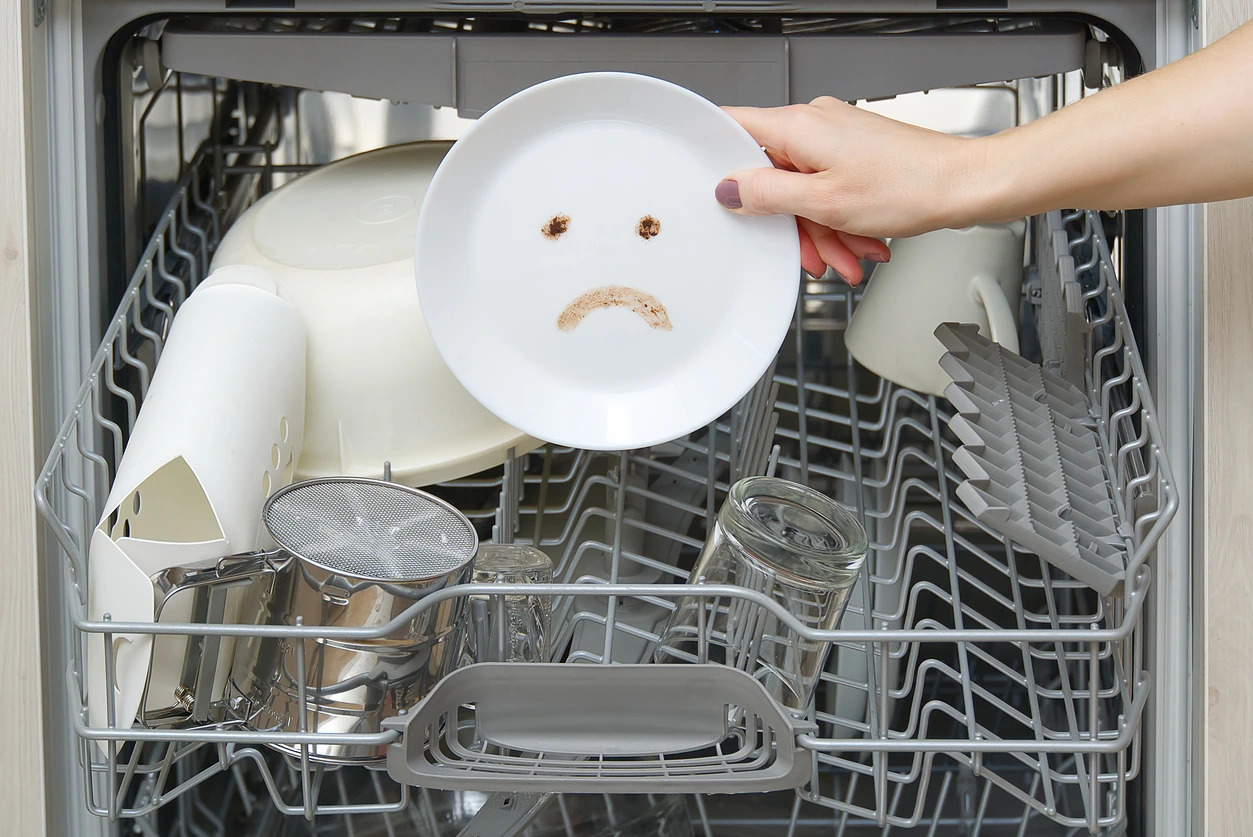
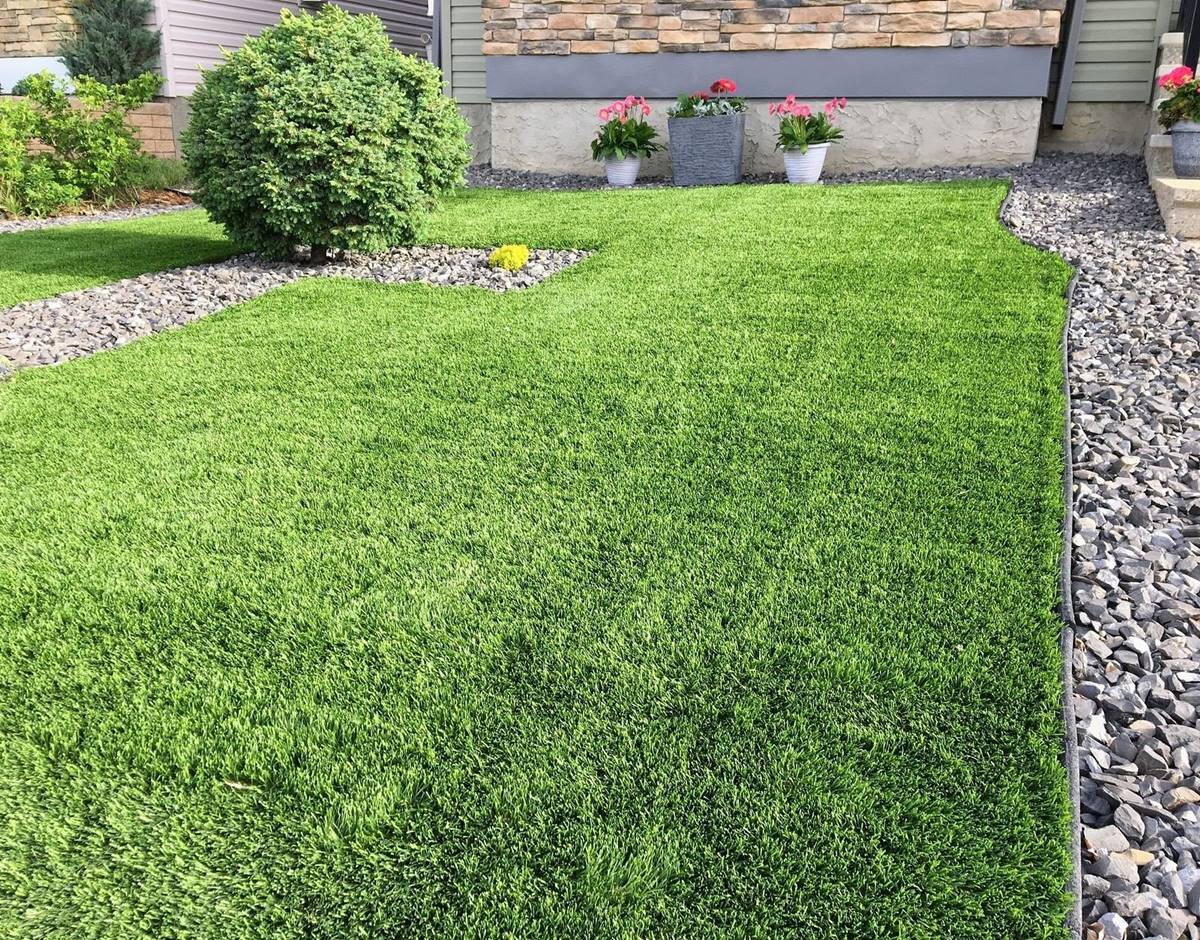
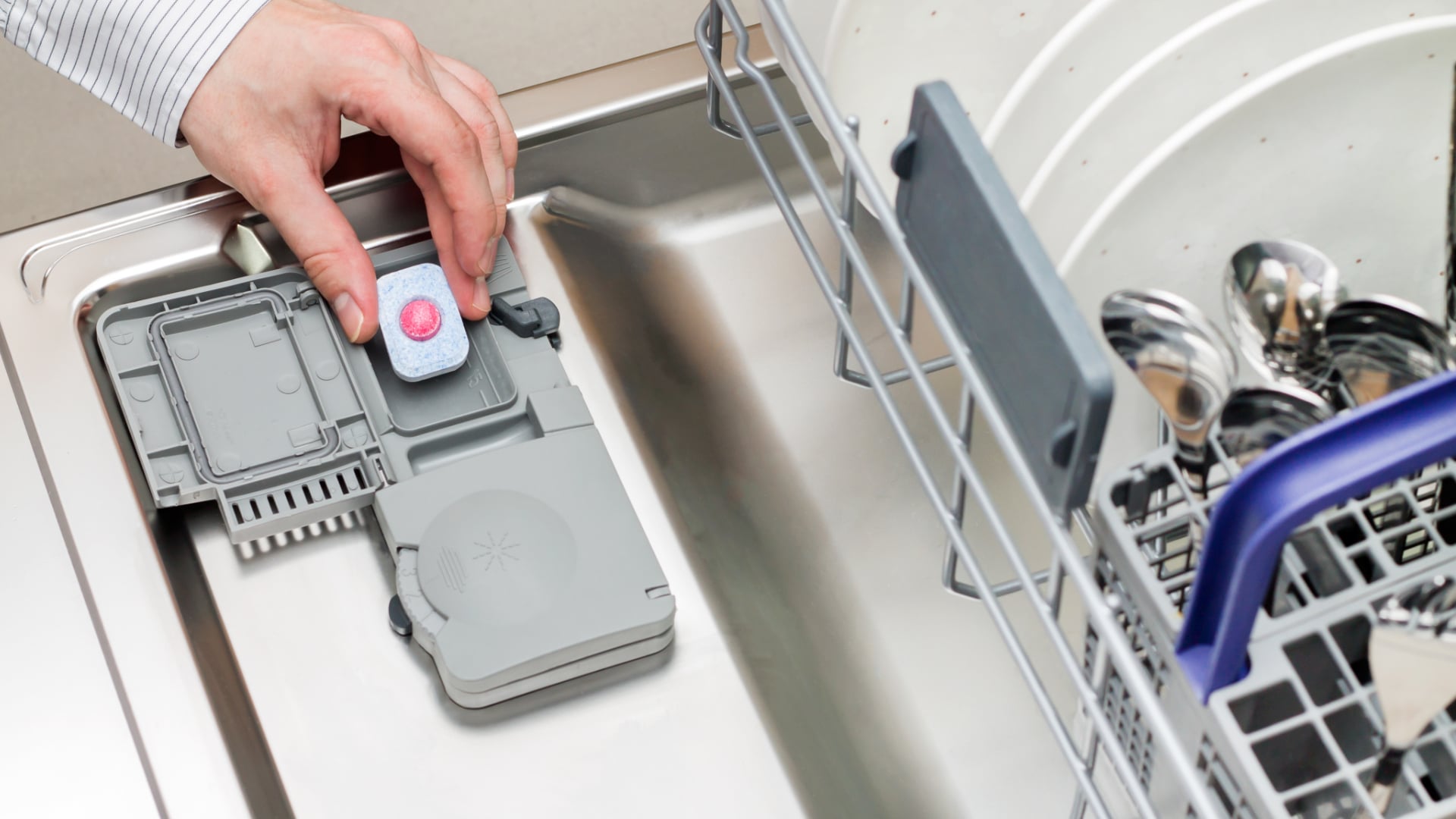
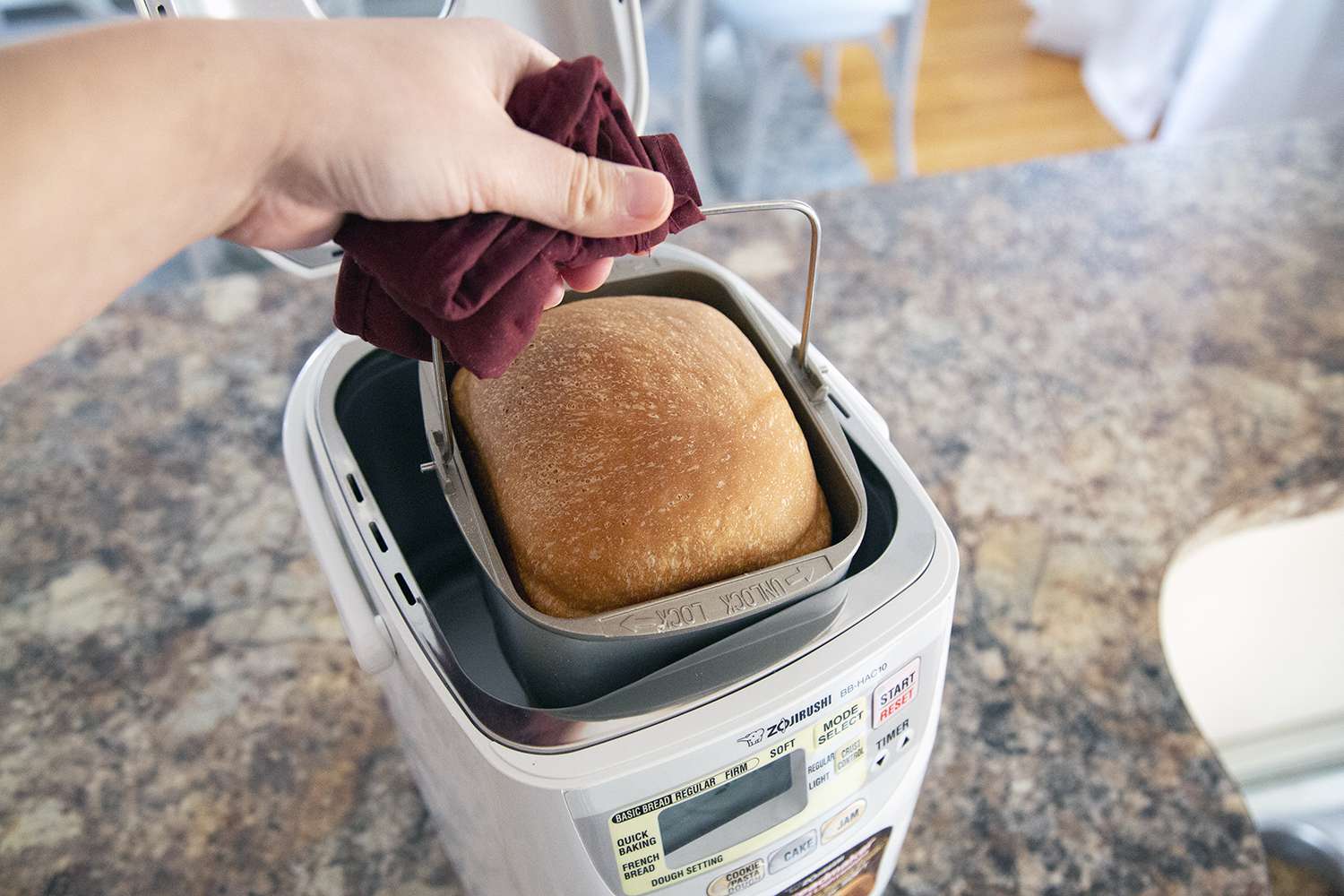
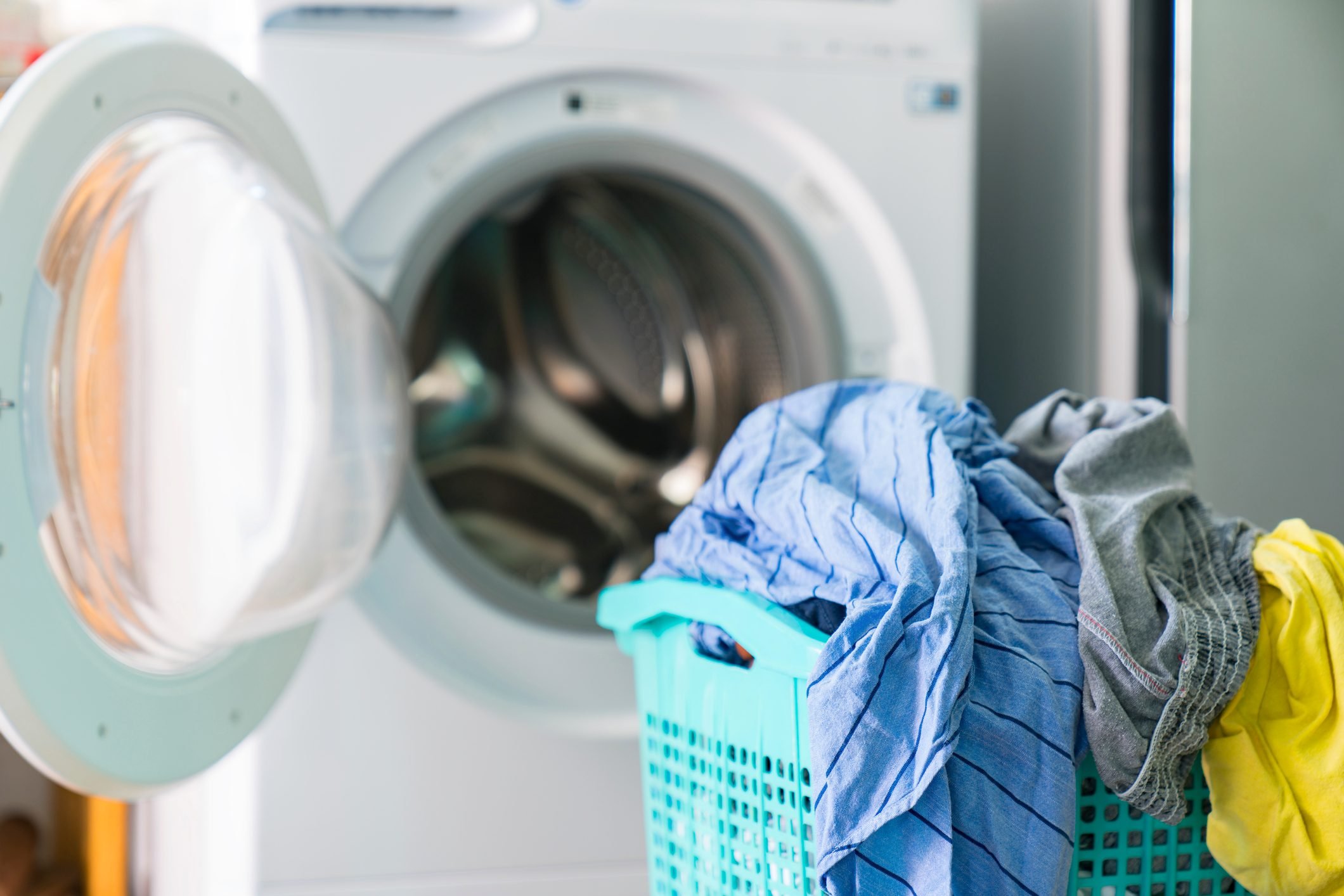
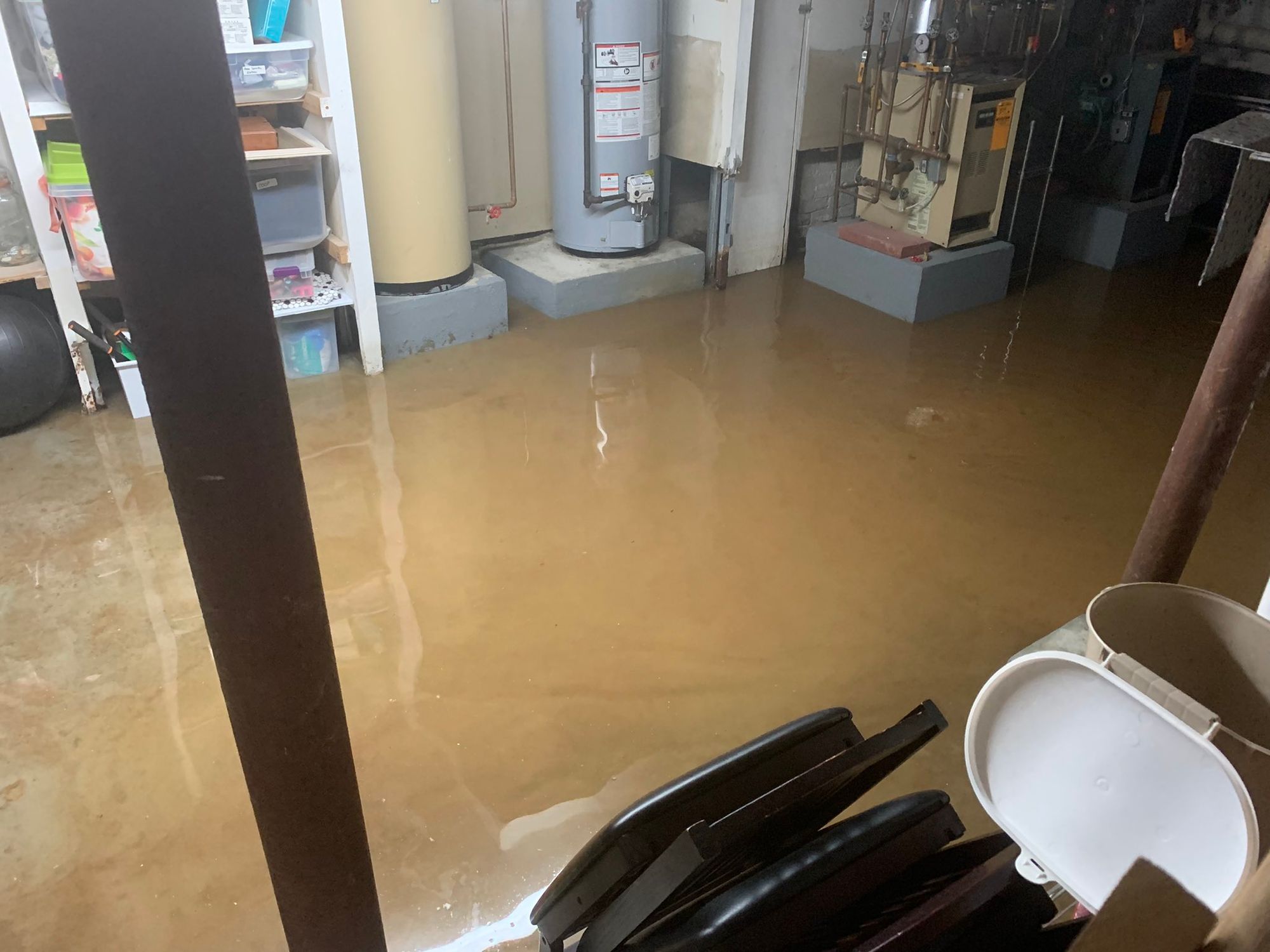
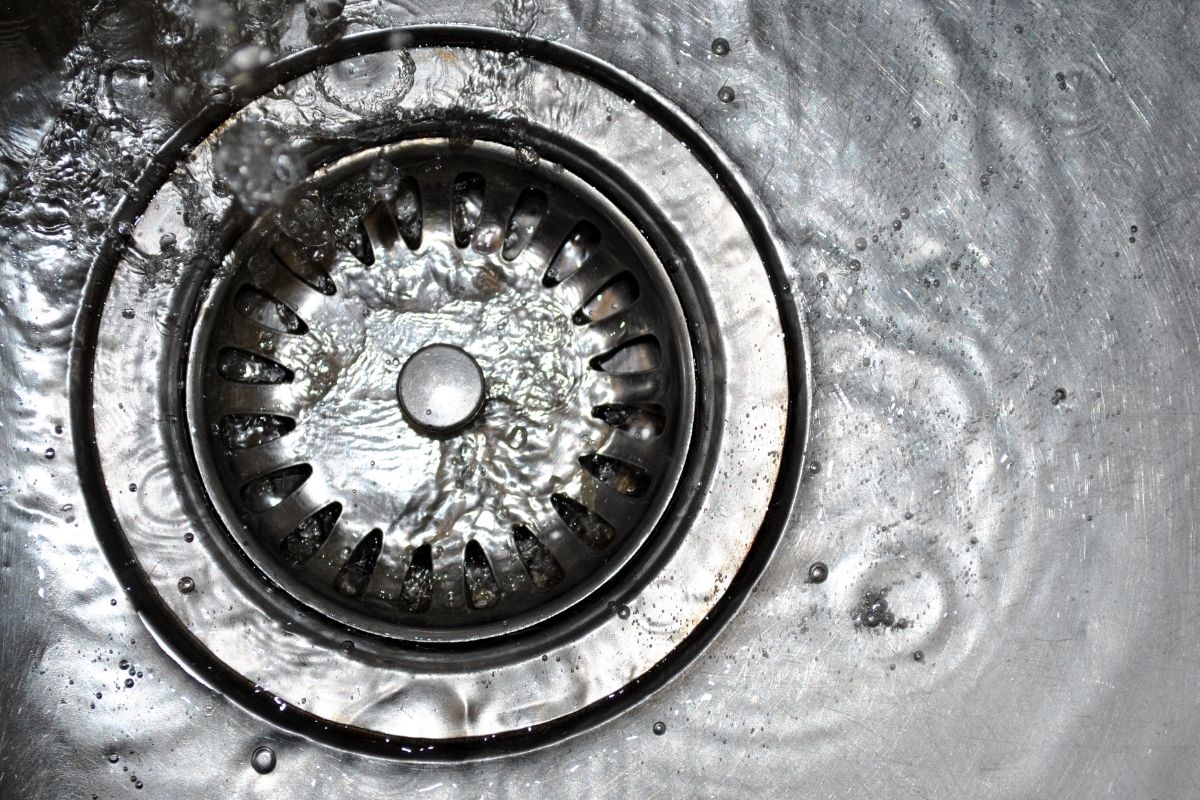

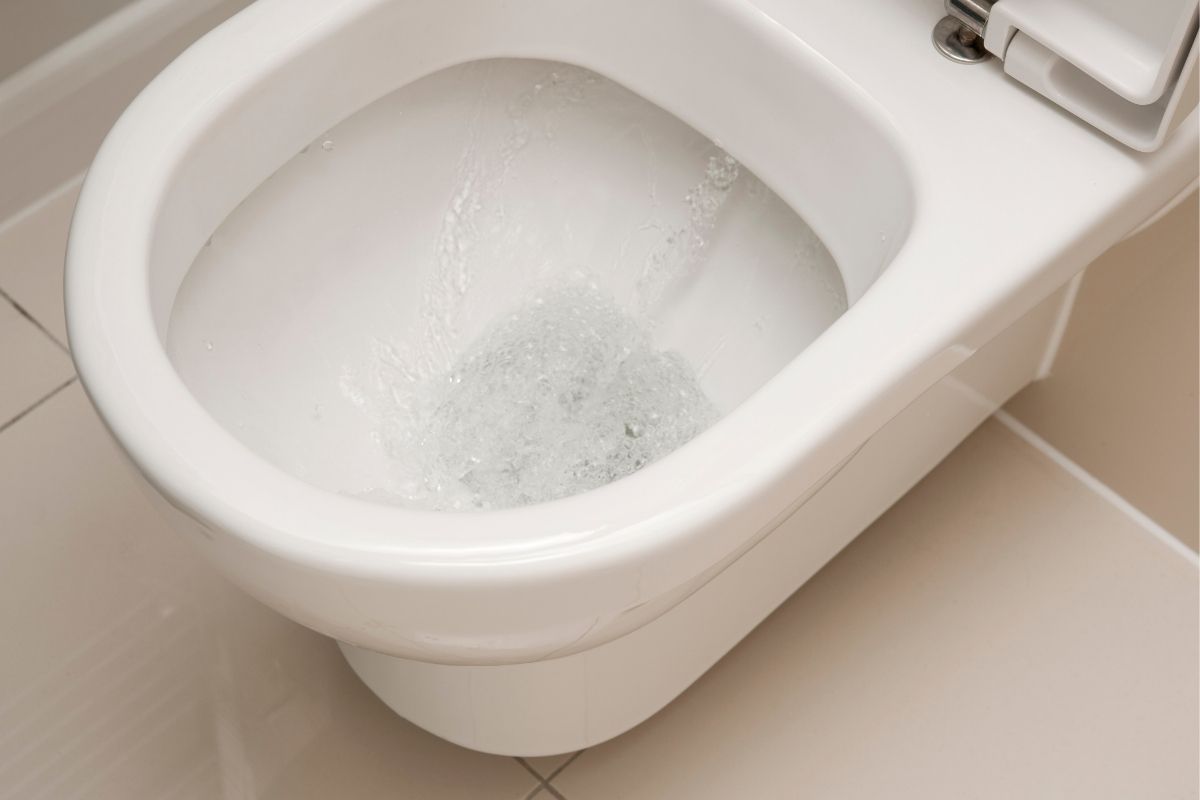
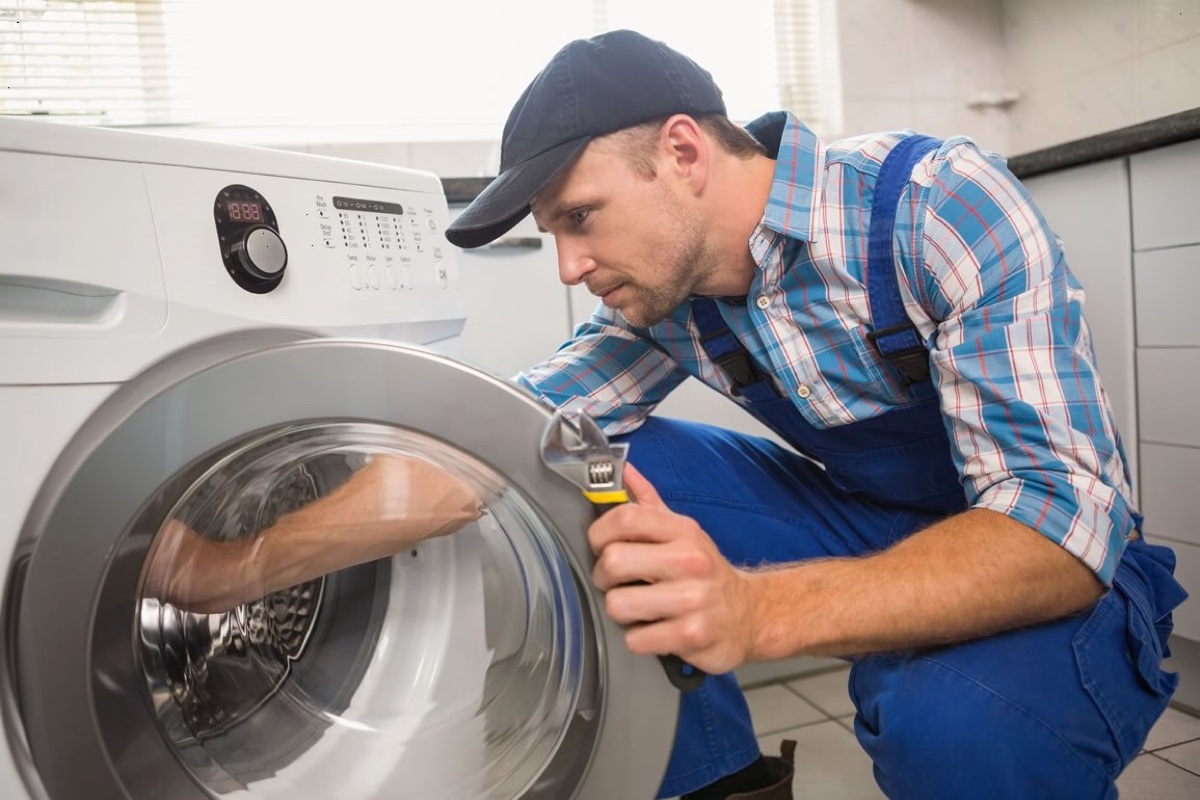
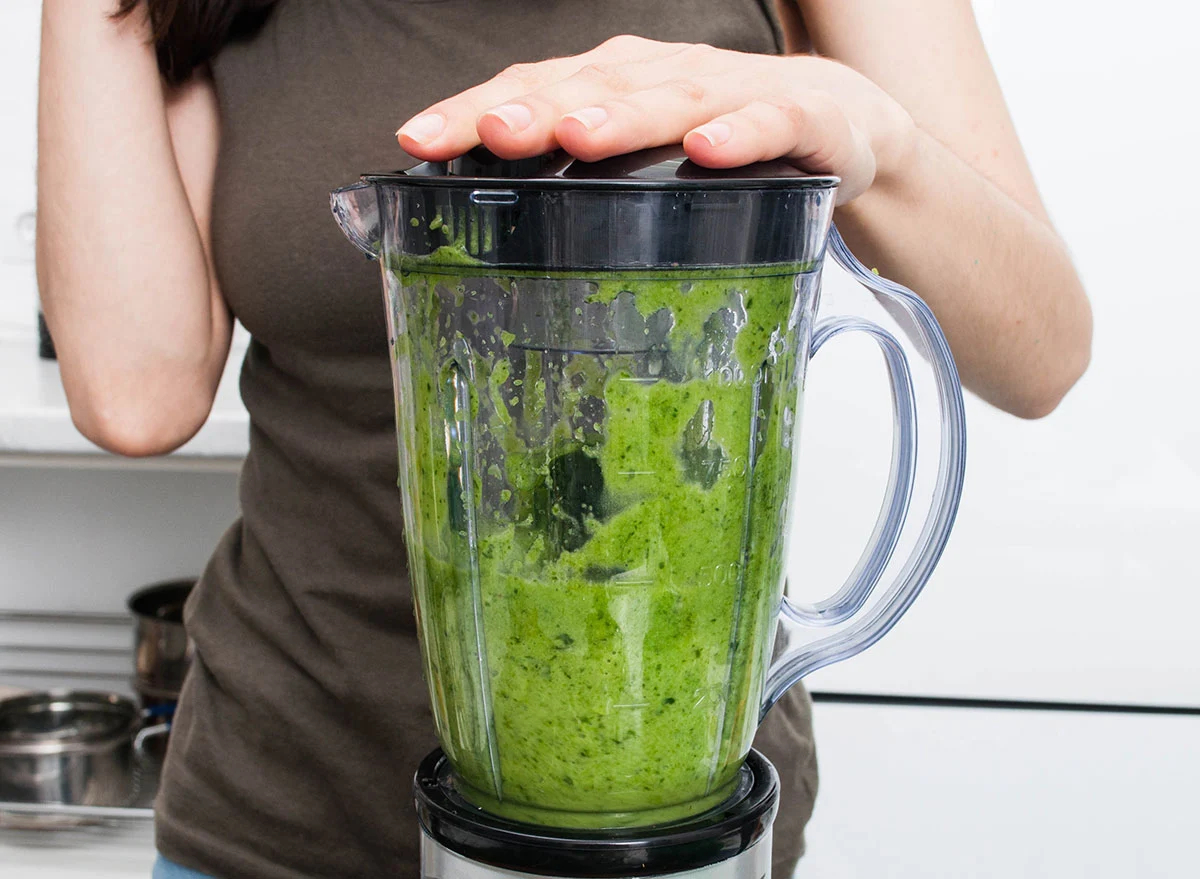

0 thoughts on “Why Does My Dishwasher Not Dry”